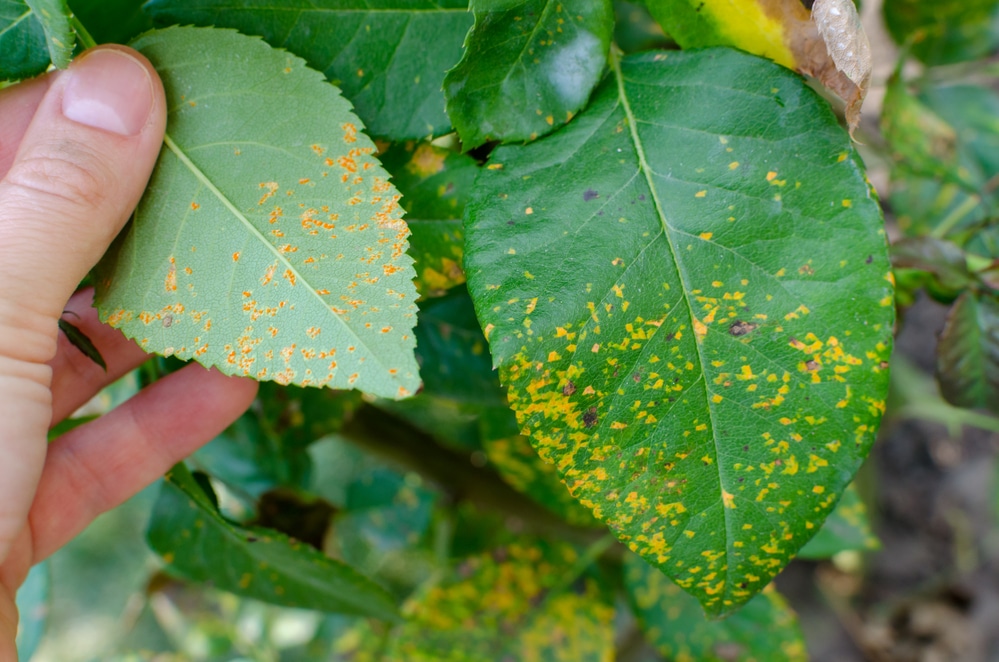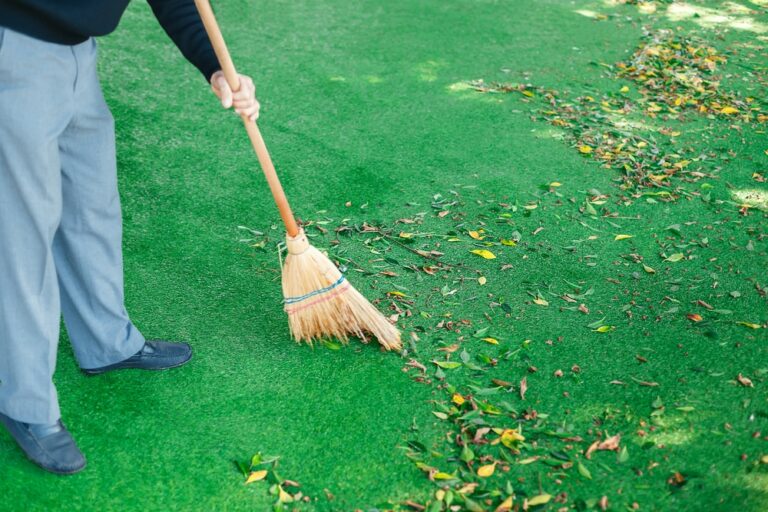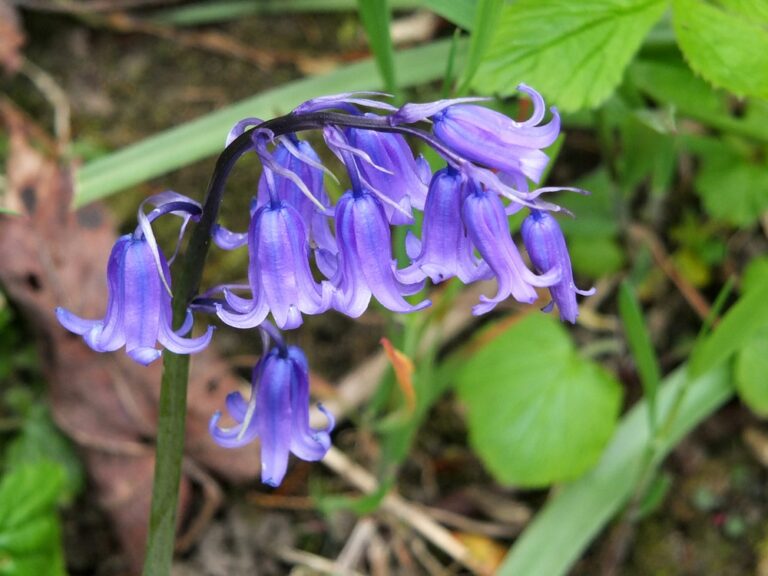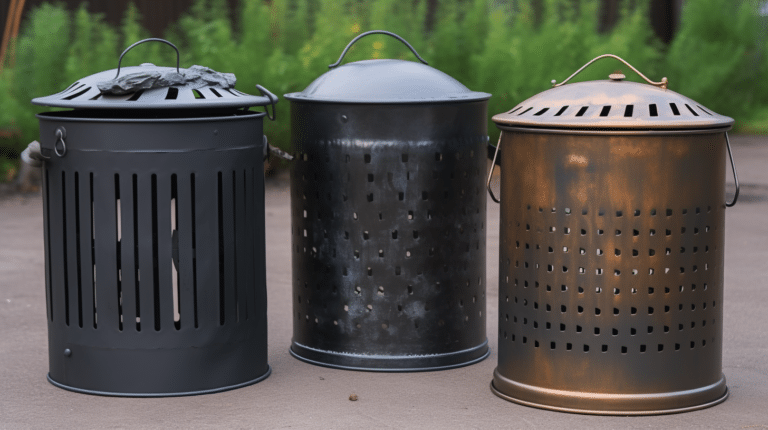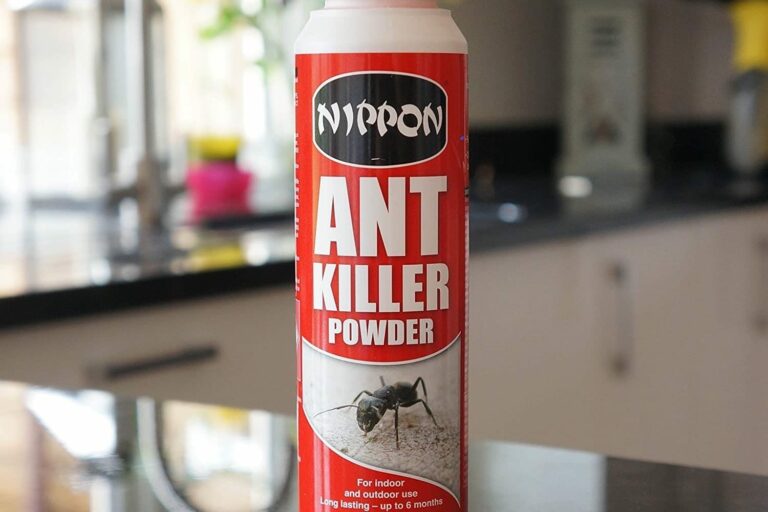“Why are my rose leaves turning yellow?” This question is often asked by beginner gardeners. They are disappointed that their rose bushes don’t look as healthy as they should after all their hard work.
If your rose leaves are turning yellow, don’t panic! There are many possible causes, and most of them can be solved relatively easily. This blog post will discuss the most common causes of yellow leaves in roses and provide solutions to fix the problem. Keep reading to learn more!
What Are the Common Causes of Yellow Leaves on Roses?
One of the most important things to know when trying to fix a problem with your roses is what’s causing the situation in the first place. This way, you can target the solution specifically to the cause.
Let’s take a look at the most common causes of yellow leaves on roses:
Over-Watering
If you are overwatering your roses, they will likely start to turn yellow. The excess water will prevent the plants from getting enough oxygen, and they will begin to wilt.
Under-Watering
If your roses are not getting enough water, they will start to turn yellow as well. This is because the lack of water will cause the plants to dry out and die.
Fungal Diseases
Fungal diseases cause leaves to turn yellow. And if left untreated, it will eventually kill the plant. Examples of fungal infections that affect roses include rose black spots and powdery mildew.
Bacterial Diseases
Bacterial diseases can also cause leaves to turn yellow and are often more challenging to treat than fungal diseases. An example of a bacterial disease common in roses is crown gall.
Insect Infestation
If your rose leaves turn yellow and you see small insects on the plants, you likely have an insect infestation. Some common insects that can infest roses include aphids, spider mites, and thrips. These feed on the sap of plants, causing them to turn yellow.
Pesticide Overload
If you use too many pesticides on your roses, they will turn yellow. This is because the pesticides will kill the good bacteria and fungi that help the plant grow.
Nutrient Deficiency
If your rose leaves are turning yellow and you see small, dark spots on the leaves, your plant is likely deficient in nutrients. This is because plants cannot get the food they need to grow and thrive. This can be caused by poor soil quality or a lack of fertiliser.
Now that you know some of the most common causes of yellow leaves in roses, let’s look at some solutions.
How to Fix Yellow Leaves on Roses
Knowing how to fix yellow leaves on roses is crucial for keeping your plants healthy and looking their best. By identifying the root cause of the problem and targeting the solution specifically to that cause, you can help your roses to thrive.
If You Are Overwatering Your Roses
The solution to this problem is pretty simple – just water your plants less often. Please make sure the soil is wet but not soggy, and don’t water them again until the top inch of the soil is dry.
If You Are Under-Watering Your Roses
The solution to this problem is also simple – just water your plants more often.
If Your Roses Have a Fungal Disease
For this issue, use a fungicide. There are several types of fungicides available on the market, so make sure you select one specifically for treating fungal diseases in roses.
If Your Roses Have a Bacterial Disease
You will need to treat your roses with bactericides. Since there are many different types of bactericides available, make sure you’re using the right product.
If You Have a Pest Problem
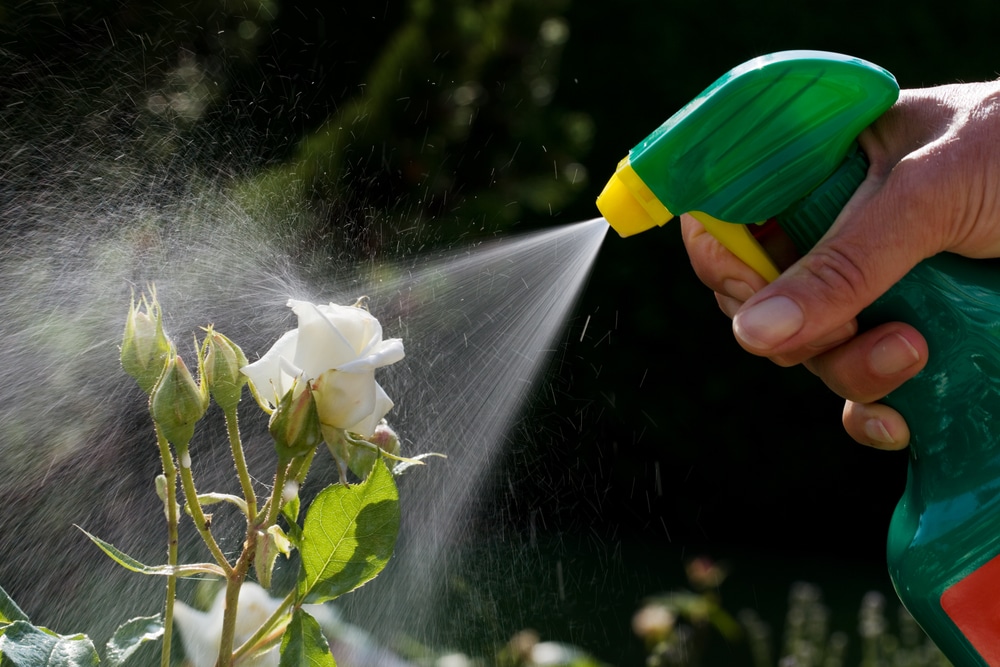
First, you need to identify the pest. Here are some of the most common pests that can cause your rose leaves to turn yellow:
- Aphids: these tiny, sap-sucking insects can be identified by their small, pear-shaped bodies and two long antennae. They are usually found on the underside of leaves, feeding on sap.
- Scale: these small, round insects attach themselves to the stems or leaves of plants and suck sap from them. They can be identified by their hard, waxy shell.
- Spider mites: These tiny arachnids are barely visible to the naked eye, but they can cause a lot of damage to plants. They suck sap from leaves, which can cause them to turn yellow and eventually die.
The most viable solution is to contact a professional pest control company. They will be able to identify the pests and develop a plan to get rid of them.
If Your Roses Are Deficient in Nutrients
Roses need a lot of nutrients to stay healthy, and if they don’t get enough, their leaves can turn yellow. The most important nutrient for roses is nitrogen, which is found in most commercial fertilisers. If you think your rose bushes lack nutrients, the best solution is to fertilise them. You can easily do this yourself or hire a professional to do it for you.
Several other possible causes of yellow leaves include disease, stress, and old age. If you can’t figure out what’s causing the problem, the best solution is to consult a professional rose breeder.
When Should You Call a Professional for Help?
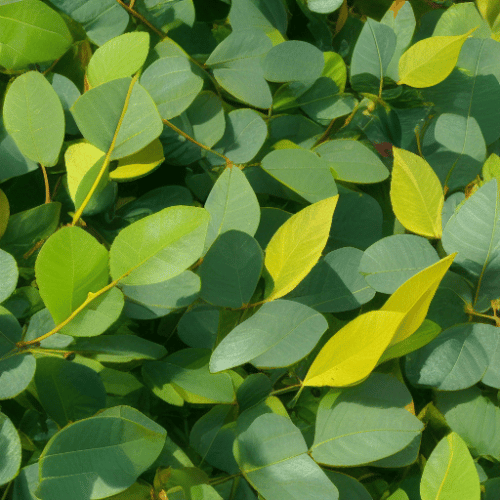
If you can’t identify the cause of your yellow leaves, or if the problem is getting worse instead of better, it’s time to call a professional. A rose specialist will diagnose the problem and recommend a solution. Often, the best solution is to take your roses to a garden centre or nursery for treatment.
No matter what the problem is, there’s always a solution out there. By taking the time to figure out what’s causing your yellow leaves, you can keep your roses healthy and looking their best.
Essential Tips for Growing Healthy Rose Bushes
The beauty of roses is unmatched, and they’re also easy to grow! But there are some things you need to do that will help keep your rose plant thriving. Here’s what else we recommend:
Watering
It is crucial to water your roses regularly to maintain adequate soil moisture. The soil should not be soggy. Water your plants again when the top inch of the soil is dry.
Sunlight
Rose bushes need at least six hours of sunlight per day. If they don’t get enough sun, the rose leaves turn yellow.
Soil pH
The pH level of soil affects how well roses can absorb nutrients. The ideal pH range for roses is between six.
Drainage
Ensure that your rose bushes have good drainage. Poor drainage can cause the roots to rot. The rose bed should be sloped so that water drains away from the base of the plant.
Fertilising
Roses need a lot of nutrients to stay healthy. Use a commercial fertiliser that is high in nitrogen. If you think your roses are deficient in nutrients, fertilise them.
However, read the package instructions carefully since using too much fertiliser is harmful to your plants.
Pruning

Prune your roses regularly to facilitate new growth and prevent disease. Deadhead spent flowers to promote further blooming. And cut back diseased or damaged stems as soon as possible.
These are just a few tips for growing healthy roses. By following these simple tips, you can enjoy beautiful roses for years to come!
Weeding
It’s important to remove weeds from around your roses. Weeds compete with roses for water and nutrients. They can also harbour diseases and pests that can damage your plants.
Mulching
Mulch helps retain moisture in the soil as well as protect the roots of your rose bushes from extreme temperatures. It also prevents weeds from growing. Use a layer of organic mulch, such as bark chips or straw, around the base of each plant.
Pest Control
If you have a pest problem, the best thing to do is identify the pest and treat it with a pesticide specifically for roses. Contact a professional pest control company if you can’t identify the pest or if the problem is getting worse.
Disease Control
If your roses have a fungal or bacterial disease, the best solution is to use a fungicide or bactericide. Make sure you select one that is specifically for treating infections in roses.
Stress Control
Roses can be susceptible to stress from changes in temperature, lack of water, too much heat, or even too much shade. Try to keep your roses in a stable environment and water them regularly.
By following these essential tips, you can keep your roses healthy and looking their best. But if you do see yellow leaves on your roses, don’t panic! There is most likely a solution that will get your roses back to their beautiful selves in no time.
What to Avoid When Growing Roses
Now that you know what to do to grow healthy roses, here’s a list of things you should avoid:
- Using pesticides indiscriminately: Only use pesticides when you have identified a specific pest problem. Overuse of pesticides can not only kill the pests you’re trying to get rid of but also harm beneficial insects and pollinators.
- Overwatering: Roses need only moderate watering, especially once they are established. Wet soil promotes root rot and other diseases.
- Providing too much shade: Most roses prefer sun exposure; too much shade will make them weak and leggy.
- Overcrowding the planting area with other plants: The plants will compete for nutrients, resulting in a deficiency that may show up in the form of yellow leaves.
- Fertilising excessively: Roses don’t need a lot of nitrogen; too much will result in lush, green growth at the expense of flower production.
- Not deadheading spent blooms: This allows rose hips to form attractive but not as desirable as flowers.
- Not pruning your roses: Pruning encourages new growth and prevents disease.
- Fertilising without a soil test: Too much fertiliser can be harmful to your plants.
Frequently Asked Questions
Why Are the Leaves on My Rose Bush Turning Yellow?
There can be many causes for yellow leaves on a rosebush, including pests, diseases, lack of nutrients, and stress.
How Do You Treat Yellow Leaves on Roses?
The best way to treat yellow leaves on roses is to figure out the cause and address it directly. If the problem is pests, you’ll need to use an insecticide. If the problem is a disease, you’ll need to use a fungicide. If the problem is a lack of nutrients, you’ll need to fertilise your plant. And if the problem is stress, you’ll need to take steps to reduce stress factors (such as over-or under-watering).
How Can I Prevent Yellow Spots on Rose Leaves?
The best way to prevent yellow leaves on your rose bush is to be proactive about caring for your plant. This means regular inspections for pests and diseases and proper fertilisation and watering. You should also avoid stressors such as extreme heat or cold, which can cause leaves to turn yellow.
Should I Remove Yellow Leaves From Roses?
Yes, you should remove yellow rose leaves as soon as you notice them. This will help prevent the spread of pests and diseases, and it will also improve the plant’s overall appearance.
Can Yellow Rose Leaves Turn Green Again?
Yes, in some cases, yellow leaves on roses can turn green again. This usually happens when the problem is addressed and corrected, such as when an insecticide or fungicide is used to treat a pest or disease.
However, if the problem is caused by a lack of nutrients or stress, then the leaves may not turn green again.
How Often Should I Water My Roses?
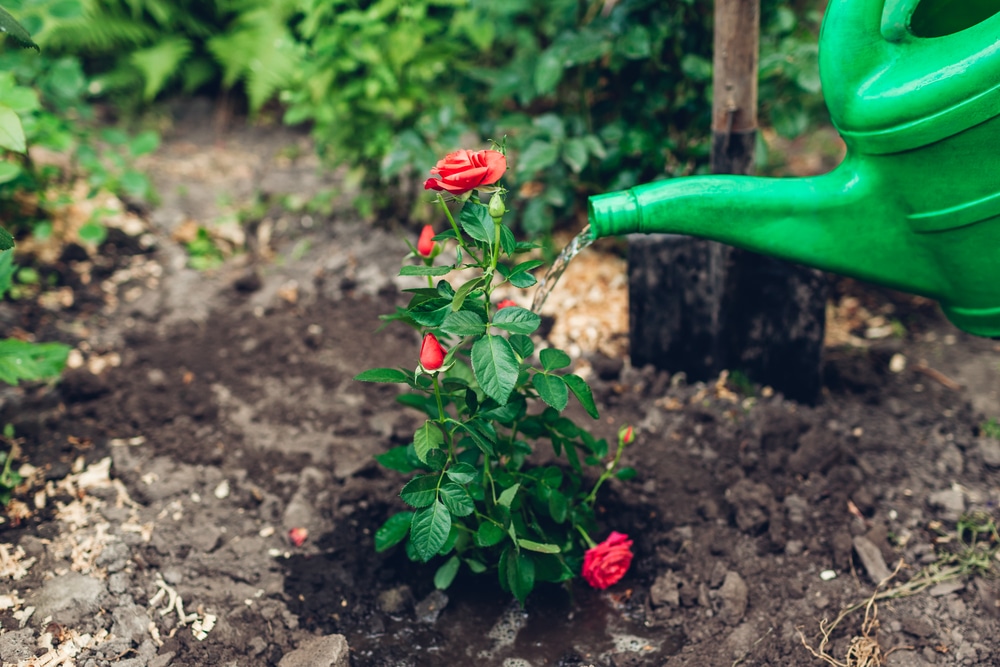
It would be best to water your roses when the top inch of the soil is dry. Most gardeners water their roses once a week, but you might need to water more frequently if the weather is hot and dry.
What Type of Fertiliser Should I Use for My Roses?
A fertiliser with a high nitrogen content will help promote green growth, while a fertiliser with a high phosphorus content will encourage blooming. You can also use an all-purpose fertiliser that contains both nitrogen and phosphorus to prevent the leaves from turning yellow and falling.
When Should I Fertilise My Roses?
It would help to fertilise your roses every four to six weeks during the growing season. If you live in an area with hot summers, you might need to fertilise more frequently.
Do Rose Bushes Need a Lot of Sunlight?
Yes, rose bushes need at least six hours of sunlight per day. If they don’t get enough sun, the leaves might turn yellow.
What Is the Ideal PH Range for Roses?
The ideal pH range for roses is between six and seven. To achieve this range, you can add compost to the soil or use an acidic fertiliser.
What Are Some Common Pests That Attack Rose Bushes?
Common pests that attack rose bushes include aphids, spider mites, thrips, and Japanese beetles.
What Are Some Common Diseases That Affect Rose Bushes?
Common diseases affecting rose bushes include black spots, powdery mildew, and rust.
Keeping Your Rose Bushes Lush and Healthy
This article answered the question, “why are my rose leaves turning yellow?” and provides essential tips for keeping your rose bushes lush and healthy. By following the tips provided, you can enjoy beautiful roses all season long!
Please share this article with your friends or family if you enjoyed this article. And if you have any questions or have gardening tips to share, let us know in the comments!

